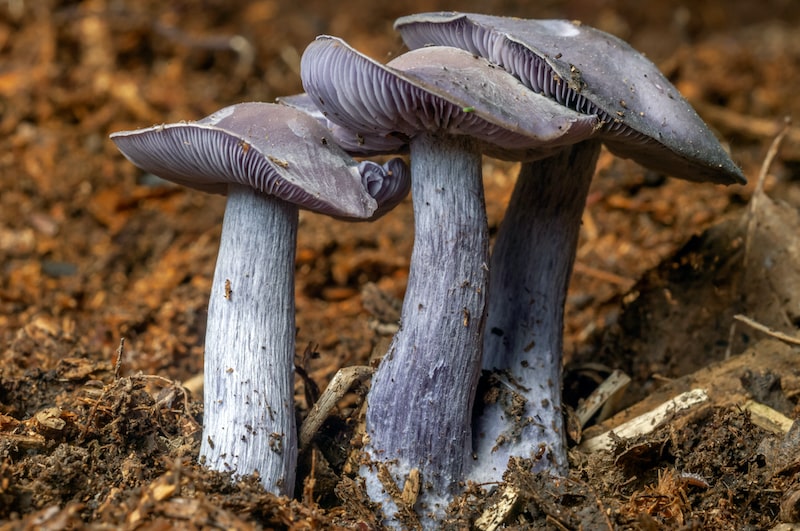
Eat seasonally: What’s in season in France in October
Each month, the French Department for Agriculture releases its list of what’s in season in la belle France to encourage people to eat seasonally and support French farmers. So if you’re off to France this month and want to fill your panier at one of the country’s many traditional markets, or if you simply feel like recreating the taste of France at home, here’s what to look out for in October.
FRUITS
It is, of course, the grape harvest at the moment in France – and not all of them are destined to make the country’s world-famous wine! Varying in sweetness, look out for the bluish Muscat de Hambourg, or the large black Alphonse-Lavallé. Or how about the Chasselas de Moissac PDO, which is golden in colour and has a honeyed taste, or the dark purple Muscat du Ventoux PDO? In 2020, some 46,664 tonnes of grapes for eating were produced in France.
Pears are synonymous with autumn. Let them mature a few days after purchasing so they fully develop their aromas and the flesh is tender. Varieties to watch for are Guyot, Louise-Bonne and Beurré Hardy.
Fresh chestnuts are a must at this time of year and should be eaten as fresh as possible. Choose Red Label chestnuts, a guarantee of freshness and only picked when they measure more than 31 mm in circumference. Among the best are the Ardèche PDO chestnut – or try baking some delicious goodies with PDO chestnut flour from Corsica, a speciality of the island.

VEGETABLES
Squash, pumpkins and giraumons (also known as French turbans) are all members of the cucurbit family, and in France they are produced mainly in Provence-Alpes-Côte d’Azur. Perfect for soups and pies, it’s worth noting the variety of flavours: squash evokes the taste of butter, for instance, while pumpkin is reminiscent of chestnut.
Foragers, rejoice! It’s mushroom season. If you don’t want to go hunting for your own (and if you do, be sure to seek expert advice to make sure your haul is safe to eat), browse the market stalls for oyster mushroom, pied-bleu, shiitake and the famous champignons de Paris, which are grown on compost in a humid environment in cellars or specialised buildings. Did you know? If you’re in France and you want to make sure the mushrooms you’ve picked aren’t toxic (some varieties can kill you or at the least make you very sick), you can go along to a pharmacy and they will check them for you.
Celeriac (céleri-rave in French) may not be the prettiest of vegetables but it can be enjoyed in a variety of ways – once you’ve removed all that leathery skin with a sharp knife! Boil and mash it with plenty of butter and black pepper, or cut it into chips, drizzle with olive oil and roast in the oven. If you cut it super-fine like French fries, you can enjoy a plate of celeriac frites as a healthier alternative with your mussels… or a burger!
FISH
Sea bream is fished at a depth of 100 metres along the Mediterranean and Atlantic coasts and with its fine flesh, it needs only a few minutes’ cooking in the oven or frying pan. Did you know? Sea bream are born female and become male at the age of seven.
Cuttlefish is traditionally fished with a jig, a special hook that mimics the shape of small fish or shrimp. Living on grassy coastal bottoms, it can change colour abruptly to camouflage itself thanks to its yellow, orange, red, brown and black pigments. Similar to squid when it comes to cooking
(beware of making it rubbery!), it’s fiddly to prepare so perhaps ask your fishmonger to prep it for you.
MEAT
Salted, cooked or smoked, there are many pork-based charcuterie products on the market stalls of France. Look out for a delicious choice of sausages: the Morteau IGP, which is smoked 48 hours, the Montbéliard IGP, which has a finer grain of meat, and the Savoyard diot, aka la knack. They’re wonderful served with Alsace PGI sauerkraut!
Share to: Facebook Twitter LinkedIn Email
More in Fruit, Meta, OCtober, Produce, Seasonally, Vegetable




REPLY
REPLY
REPLY
REPLY